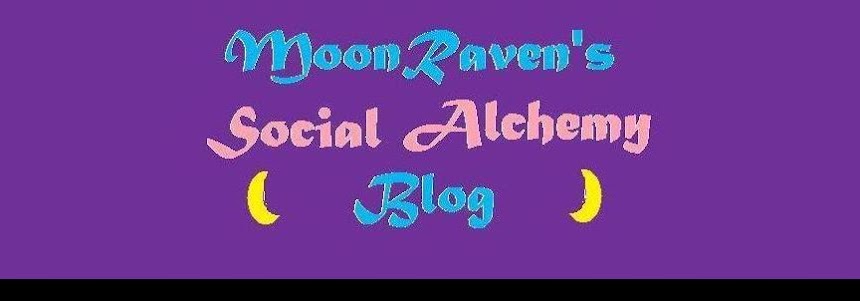One of the good things about people reinventing the wheel is that it's never the same exact wheel--and the differences are often interesting.
I was prowling through my local library and found the book, Noah's Garden, by Sara Stein. While reading it I was reminded of several permaculture things I've read, especially Gaia's Garden, by Toby Hemenway. (For more on permaculture, see my post of 7/22/08.) It's funny, because Sara Stein is coming from a different place than Toby Hemenway and ends up in a different place, but midway through there is a place where the books seem very similar. Sort of an 'X' pattern.
Sara Stein started as a woman wanting to create a garden. She didn't have much knowledge about this--she had been a toy designer and a children's book writer. She decided, as she started planting things, she would learn more by reading gardening books. It also seemed logical to her to study some botany as well. She figured the gardening folks and the botany people would be saying much the same things. It turned out that wasn't true at all. She wrote in Noah's Garden: "Horticulture told me to cultivate the soil to control weeds; botany told me the more the soil is disturbed, the more weeds grow. Gardening books said that grass needs fertilizing; botany books said that grasses produce the soil fertility that other plants depend on."
She also noticed as she built a neat and clear garden, that the birds, and butterflies, and wildlife around her were disappearing. So she 'unbecame' a gardener. She began looking at ecosystems and how plants and wildlife interact and began studying native plants for the region. Instead of making nice, neat gardens, she began creating native environments which attracted birds and other wildlife. She made a pond and got heron and muskrat. She created a small 'prairie' and got meadowlarks, and wild flowers, and insect life. She wrote about what the land around her looked like in the 1600's and the late 1800's and compares it to what she saw where she lived. She wrote about remembering growing up with creatures she no longer saw: birds like purple martins and bluebirds, butterflies, box turtles, salamanders, snakes, bats, weasels, bullfrogs, and fireflies. She began to realize that only by restoring the land would these animals come back. Noah's Garden is subtitled 'Restoring the Ecology of Our Own Back Yards'.
Sara Stein became a strong voice for supporting native species and once criticized Michael Pollan for planting a Norway maple. He responded by calling her a 'Plant Fascist'. But when she talks about her philosophy of restoring the land, she suggests doing small things, like planting a raspberry hedgerow or a small-fruited crabapple tree. That hardly sounds like a 'plant fascist'. Sara Stein died in 2005 and was described in the New York Times obituary as "an influential advocate for gardening with native plants".
I found the book very useful for learning about the ecology of New England and many little details--like clear explanations of grasses and how they interact, and what happens to an animal when it dies. I also liked her concern for recreating ecosystems with things like hedges and pointing out how plants and animals need each other. This is what reminded me of Toby Hemenway's book.
Toby Hemenway began his career as a researcher in genetics and immunology working for biotech companies. Then he discovered permaculture. The book Gaia's Garden uses a lot of language about the 'Garden as Ecosystem' and ecological gardening. Hemenway focuses on gardening but points out that most of his ideas are derived from permaculture and ecological design. The book contains a lot of incredibly useful stuff, including tips on sheet mulching, creating constructed wetlands, how soil works, how insects and birds help gardens, and how to create 'guilds' of plants. The book has just been reprinted--revised and expanded.
Hemenway can be critical of native species advocates. He seems exasperated with 'The Natives versus Exotics Debate' in Gaia's Garden and has written a pointedly critical article that is posted on his website. But in the back of Gaia's Garden (and also on his website) is a list of books that includes Noah's Garden. He says that it is a "well-written and compelling plea for allowing nature back into our yards, full of natural history."
The two 'Garden' books end in different places (Stein trying to attract wildlife, Hemenway trying to grow food), just as the authors started in very different places. But I was struck by that intersection of thinking of gardens as ecosystems, of involving wildlife and all of nature in what we plant, of seeing the soil as transforming what dies into new life, and of creating hedges that both people and animals can enjoy. I didn't realize until I went on Toby Hemenway's website that he was familiar with Sara Stein's book (it's been awhile since I looked at the Bibliography in Gaia's Garden, but there's Noah's Garden again). Maybe it influenced what he wrote. But I like to think that, travelling from different places, they came to similar territory. Certainly I don't think that Sara Stein was familiar with permaculture nor the founders of permaculture with her work. Yet the similarities stand out, and I find the differences enriching. Sometimes it's useful to re-invent the wheel.
Quote of the Day: "Once a garden comes alive ecologically, it displays a humor and richness of meaning that have been missed by the narrow ways of horticulture.... Each plant or planting becomes more than what nurseries believe they sell, or gardeners suppose they grow, or visitors would notice.... To the cardinals that overwinter here, a grove of conifers is a lifeboat in the ocean, the focus of their struggle to survive through winter storms. The grove is richer for that additional meaning." - Sara Stein
Thursday, November 19, 2009
Subscribe to:
Post Comments (Atom)


No comments:
Post a Comment